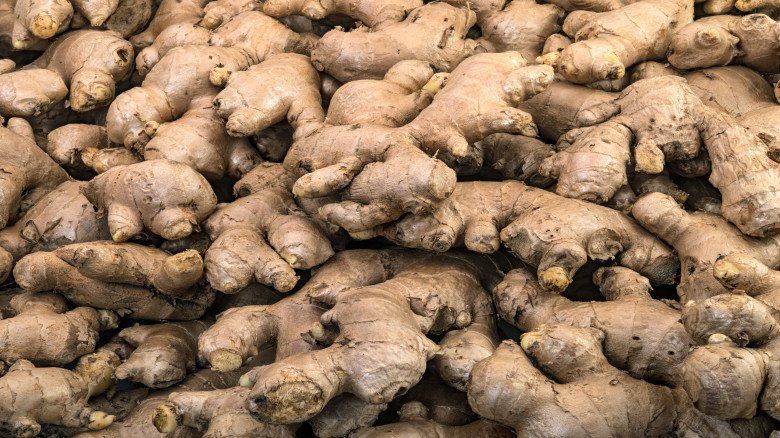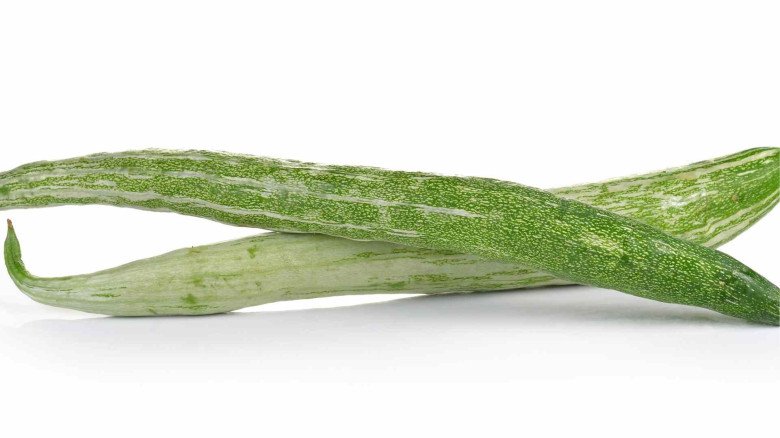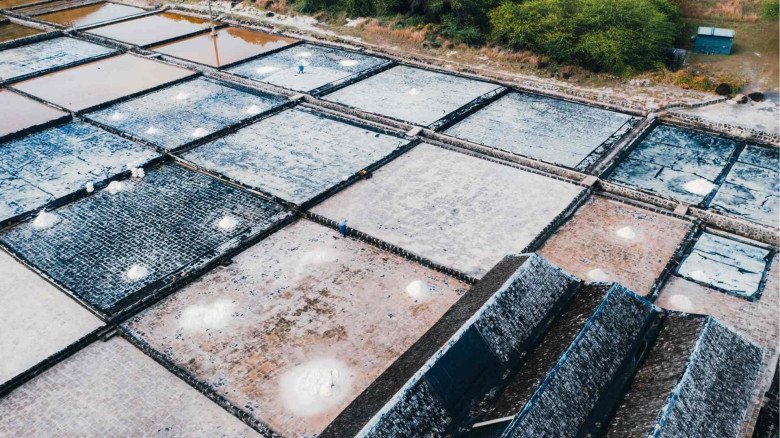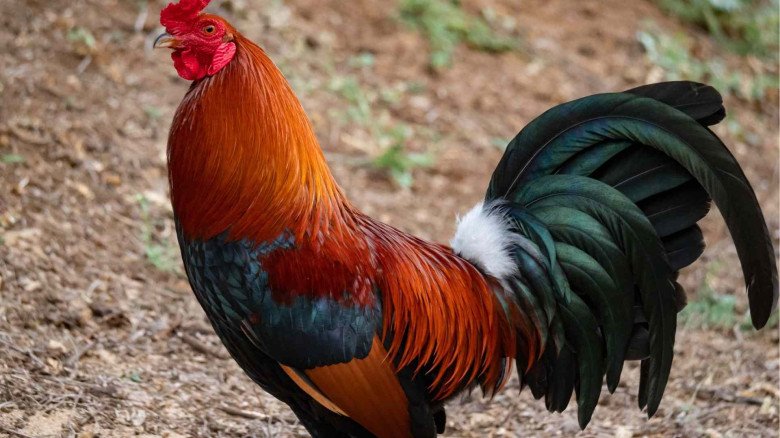Malabar Neem Farming
Plant, Grow, Harvest: The Increasing Number of Rural Income Sources from Malabar Neem Farming
Farming Malabar Neem, also known as Melia Dubia, is a sustainable and profitable endeavour that provides several advantages to both farmers and the environment.
Growing Azadirachta indica, or neem, in the Malabar area of India has become a profitable venture in the agricultural world. This practice is known as Malabar Neem farming. This article explores the nuances of growing Malabar neem, including its importance, methods of cultivation, applications, difficulties, and financial returns. Malabar Neem's origins may be traced to the Kerala Forest Research Institute's (KFRI) pioneering work throughout the 1990s. KFRI created the famed Malabar Neem hybrid, which combines the qualities of neem and Melia dubia, and grows quickly to provide an abundance of leaves. Since then, Malabar neem cultivation has become popular both in India and beyond.
For farmers, especially in rural regions with few other options, Malabar Neem planting is an essential source of revenue. Its cultivation also contributes to the preservation of forests, as it thrives in marginal and degraded areas as well. Due to its numerous economic uses, including as biofuel, lumber, and medicinal qualities, it is highly sought-after in global marketplaces.
Malabar Neem Farming: Soil Conditions and Climate
Malabar Neem thrives in warm, humid tropical settings with temperatures between 25 to 35°C. It is very adaptable to several types of soil. But it thrives most on sandy loam soils that drain well and have a pH between 6.5 and 7.5. Sufficient yearly rainfall, ranging from 1000 to 2000 mm, dispersed equally throughout the year, promotes ideal development.
Different Types of Malabar Neem
The Malabar Neem Hybrid, Malabar Neem Seeds, and Malabar Neem Clones are the three main forms of Malabar Neem. The hybrid cultivar is still the most popular due to its great yield and quick growth. Malabar Neem Clones are used in large-scale commercial agricultural projects, whereas Malabar Neem Seeds are used for plantations.
Planting and Spreading
Starting a Malabar Neem farm requires careful preparation of the site, including removal of rocks, weeds, and garbage. The rate of germination is increased by further treating the seed. Direct seeding and clonal propagation are the two planting techniques used in commercial farming; the latter is preferred for its consistent growth and higher output.
Crop Supervisory
When combined with organic fertiliser, prolonged irrigation—especially in dry seasons—promotes healthy development and maximum harvests. Mechanisms for controlling weeds that use pesticides or physical labour lessen competition for resources. To prevent crop losses, strict pest and disease control procedures are essential.
Gathering & Handling Fruit After Harvest
After planting, Malabar Neem trees reach harvest maturity in 5-7 years and normally grow to a height of 5-7 metres. In order to prevent fungal infections, collected logs are dried and kept in suitable conditions, yielding 50–80 cubic metres per acre.
Benefits and Uses of Malabar Neem
Malabar Neem's adaptability is shown in many different fields. The furniture industry is in great demand for its lumber due to its reputation for durability and resilience against termites. The tree is also a sustainable source of biofuel, and its bark and leaves have therapeutic qualities that may be used as treatments. Its cultivation also contributes to environmental conservation efforts, especially when it comes to restoring damaged areas.
Difficulties and Solutions
Malabar Neem growing has obstacles such obtaining seeds, maintaining quality, and limited market access despite its promise. Strong supply chains, strict quality control procedures, and easy access to premium seeds are all necessary to overcome these obstacles. Furthermore, the dissemination of best practices and information is greatly aided by farmer awareness programmes.
Analysing Profitability
Plantation density, market demand, and crop management techniques are some of the variables that affect how profitable Malabar Neem cultivation is. Since market prices range from Rs 3,000 to Rs 5,000 per cubic metre, and yields vary from 50 to 80 cubic metres per acre, the potential profits per acre might be anywhere from Rs 150,000 to Rs 400,000.
-logo.webp.png)
.jpg)
-logo.webp.png)


































Leave A Comment